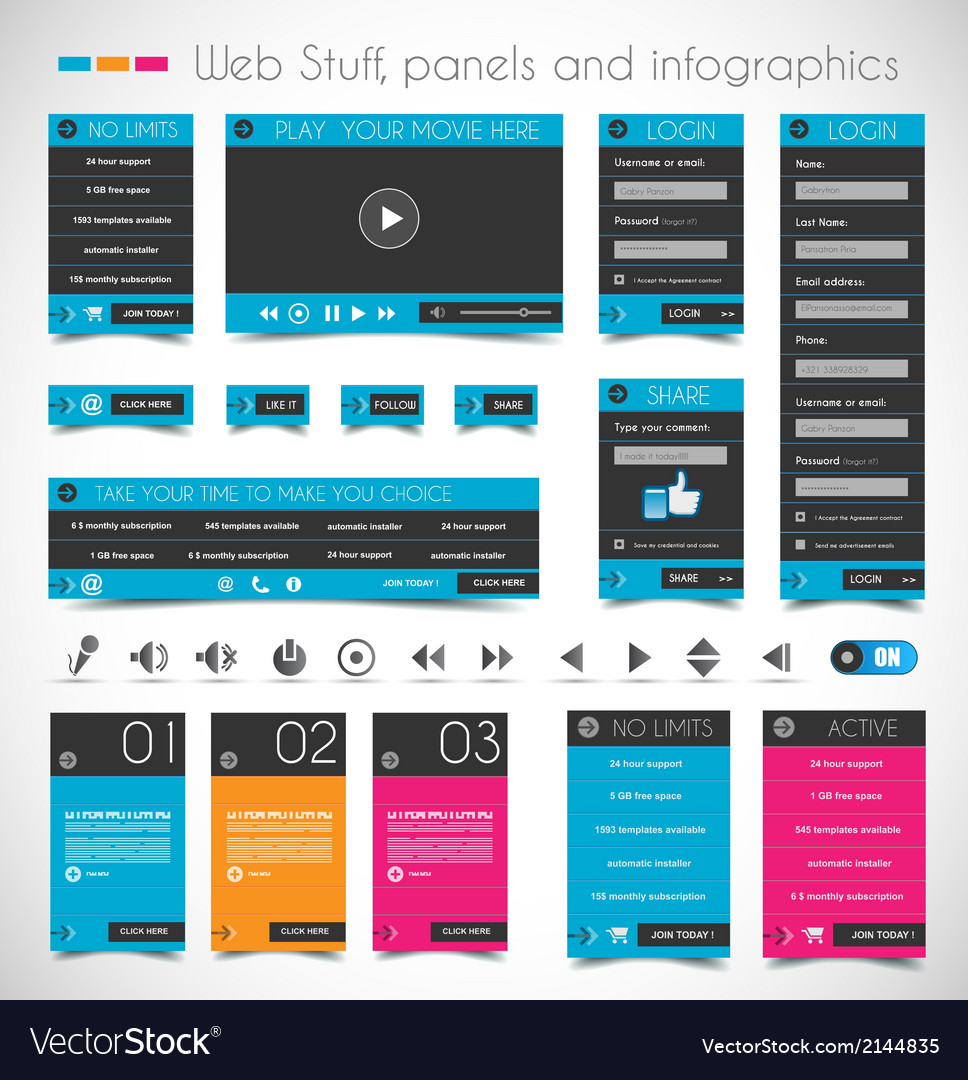Interested In Finding Out How Web Site Layout Has Changed For Many Years? Explore The Journey
Interested In Finding Out How Web Site Layout Has Changed For Many Years? Explore The Journey
Blog Article
https://www.searchenginejournal.com/wordpress-seo-enterprise-best-practices/427495/ By-Booker Peters
In the past, websites were simple and focused on information. Navigation was direct, and style was for desktops. Now, customer experience is essential. Data guides designs for very easy navigation. Receptive layouts match different gadgets. Today, dark mode decreases stress, and minimalist menus enhance navigation. Interactive attributes involve customers, and bold visuals attract attention. AI assimilation increases interaction. See exactly how layout has actually advanced to enhance your on the internet journey.
Early Days of Web Design
In the very early days of web design, simpleness preponderated. Websites were basic, with limited shades, fonts, and formats. The focus got on giving info instead of flashy visuals. Users accessed the net via slow-moving dial-up connections, so rate and performance were essential.
Navigation food selections were straightforward, commonly located at the top or side of the web page. Sites were developed for home computer, as mobile browsing wasn't yet common. Content was king, and developers prioritized easy readability over intricate layout elements.
HTML was the main coding language made use of, and designers needed to function within its restrictions. Computer animations and interactive functions were marginal contrasted to today's criteria. Web sites were static, with little vibrant web content or customized individual experiences.
Rise of User-Focused Layout
With the evolution of site style, a change towards user-focused layout concepts has ended up being increasingly famous. Today, producing internet sites that focus on customer experience is critical for involving site visitors and accomplishing service objectives. User-focused design involves recognizing the needs, choices, and actions of your target audience to customize the site's design, material, and features appropriately.
Designers now perform detailed study, such as individual studies and use testing, to collect insights and feedback directly from customers. This data-driven technique assists in creating intuitive navigating, clear calls-to-action, and visually attractive user interfaces that resonate with site visitors. By positioning the user at the center of the design procedure, internet sites can deliver a much more individualized and satisfying experience.
Responsive style has likewise become a crucial aspect of user-focused design, making certain that web sites are enhanced for numerous devices and display dimensions. This flexibility improves ease of access and usability, catering to the diverse methods customers connect with internet sites today. In essence, the rise of user-focused design signifies a shift towards developing digital experiences that focus on the needs and assumptions of the end customer.
Modern Trends in Website Design
Explore the current patterns forming website design today. One noticeable pattern is dark setting layout, supplying a streamlined and contemporary appearance while reducing eye stress in low-light atmospheres. One more essential pattern is minimalist navigation, streamlining food selections and improving customer experience by focusing on essential elements. Integrating micro-interactions, such as animated switches or scrolling impacts, can produce a more engaging and interactive internet site. Responsive design continues to be essential, making sure smooth individual experiences throughout numerous tools. Furthermore, using strong typography and unbalanced designs can add visual passion and draw attention to particular material.
Incorporating AI technology, like chatbots for client assistance or individualized suggestions, boosts individual engagement and improves processes. Availability has additionally become a substantial pattern, with developers prioritizing inclusive layout techniques to cater to diverse individual demands. Welcoming sustainability by optimizing website efficiency for rate and performance is an additional arising pattern in website design. Teaming up with customer comments and information analytics to repeat and improve design continuously is important for remaining relevant in the ever-evolving digital landscape. By accepting these modern trends, you can produce an aesthetically appealing, straightforward website that reverberates with your audience.
https://cruzsnhbu.dbblog.net/179691/transforming-concepts-right-into-truth-the-web-design-and-development-process
As you review the development of web site layout from the early days to now, you can see exactly how user-focused layout has actually ended up being the driving pressure behind modern-day trends.
Welcome the trip of change and adaptation in website design, constantly keeping the individual experience at the forefront.
Remain current with the most up to date patterns and modern technologies, and never ever stop advancing your method to develop visually sensational and straightforward sites.
Progress, adjust, and develop - the future of web design remains in your hands.
